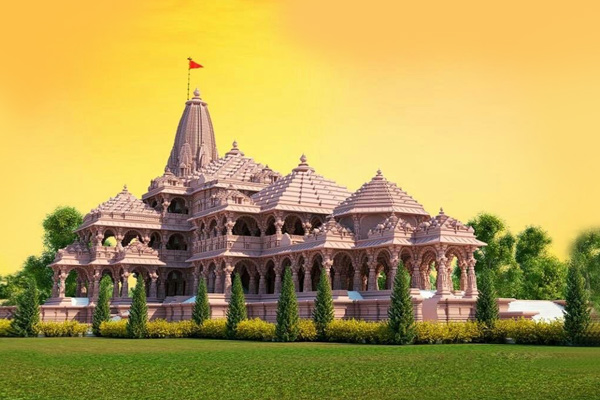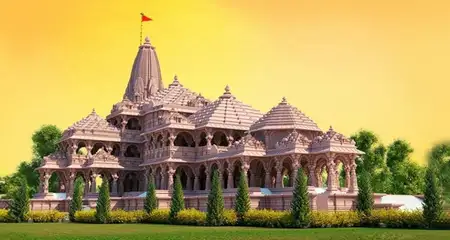Ayodhya has several interesting places for you to explore after you have visited the Ram Mandir for the Darshan. There are many options to visit after the Darshan at the Ram Mandir. Some famous places to visit near Ayodhya Shri Ram Mandir are:
1. Hanuman Garhi Mandir
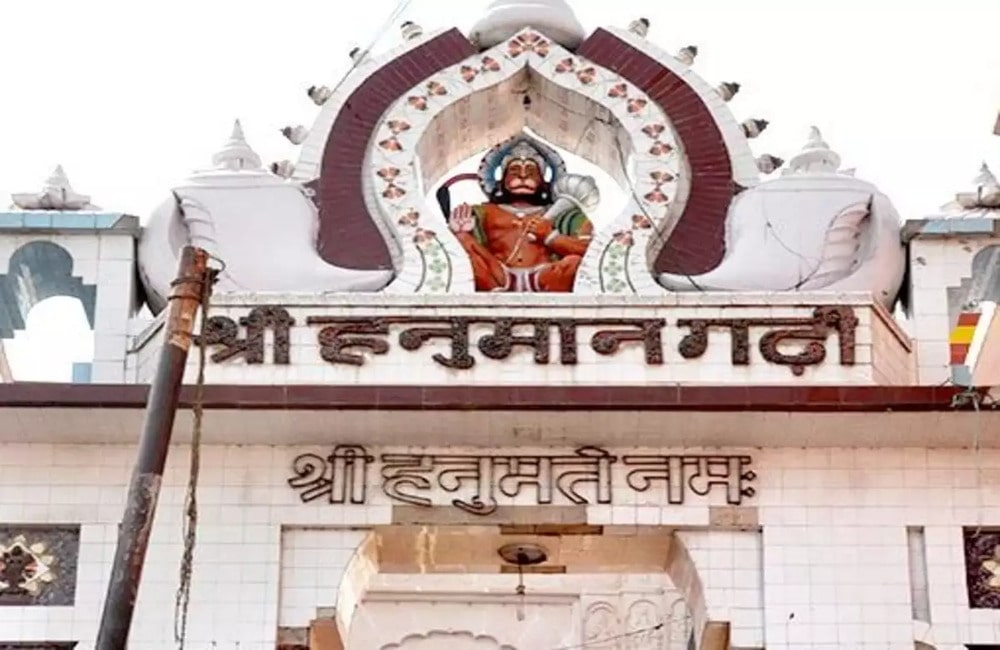
Hanuman Garhi is a 10th-century temple dedicated to the Hindu God, Hanuman. It is one of the most important temples in Ayodhya as it is customary to visit Hanuman Garhi before visiting the Ram Temple in Ayodhya. It is believed that Lord Hanuman lived at the temple site guarding Ayodhya.
2. Kanak Bhavan Temple
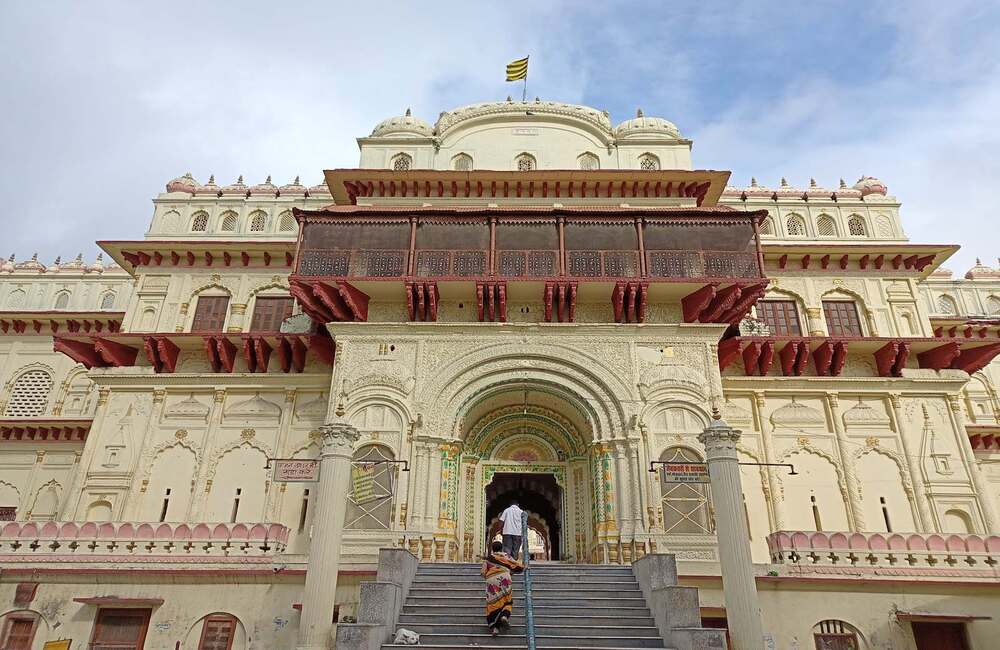
This temple was constructed in 1891 and is also known as Sone-ka-Ghar. It is a holy site dedicated to the Hindu Lord Rama and Goddess Sita. Kanak Bhawan, also meaning Golden Palace, has three golden-crowned idols of the two gods under a silver roof. It is believed that this shrine was gifted to Rama and Sita by the former’s stepmother, Kaikeyi.
3. Nageshwarnath Temple
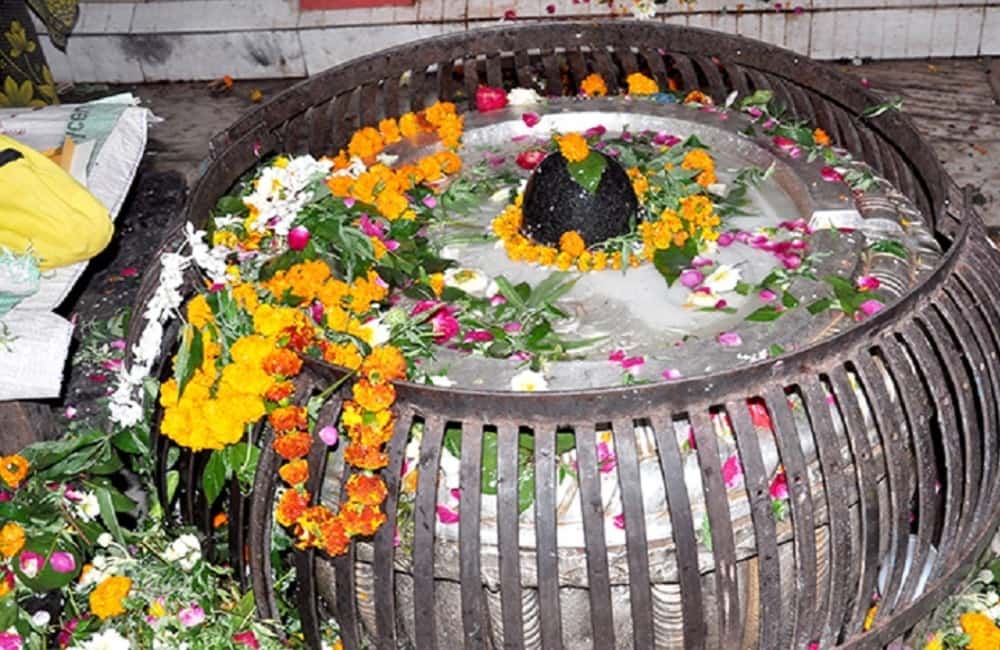
According to the legends, Nageshwarnath Temple It is believed to have been set up by Kush, Lord Ram’s son. This sacred site continued to be in good maintenance since 750 AD, the current temple is said to have been reconstructed in 1750 by Safar Jung’s minister, Naval Rai.
4. Raja Mandir
Located on the banks of river Ghaggar in Faizabad, Raja Mandir has been associated with numerous mythological stories. The temple houses stunningly carved idols of many Hindu Gods and Goddesses with silken fabrics and rich jewellery.
5. Sri Maniram Das Chavani
Sri Maniram Das Chawni has a magnificent structure in Ayodhya completely crafted out of white marble. The heritage caves are 34 in number, 12 to the south are Buddhist, 17 in the centre are Hindu and 5 in the north are Jain, therefore making it a significant and elaborate architectural brilliance.
6. Sita Ki Rasoi
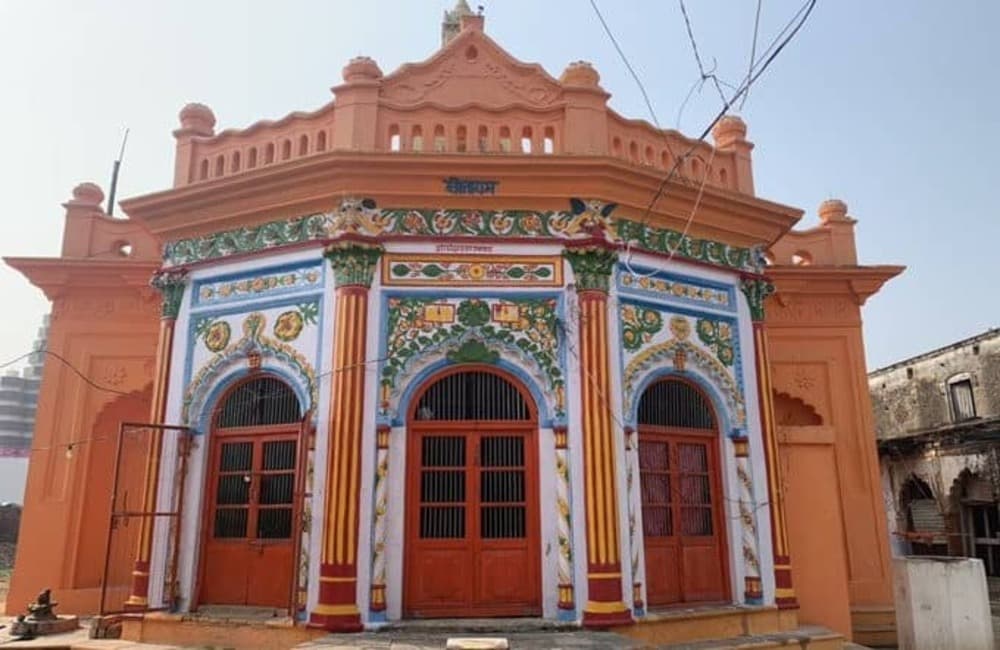
Situated on the north-western side of the Ram JanambhoomiJanmanhoomi in Ayodhya, Sita ki Rasoi is believed to be an ancient kitchen used by the Goddess Sita. This sacred site is now a temple housing some exhibit vessels.


